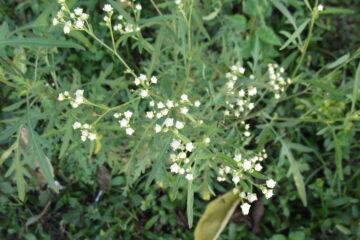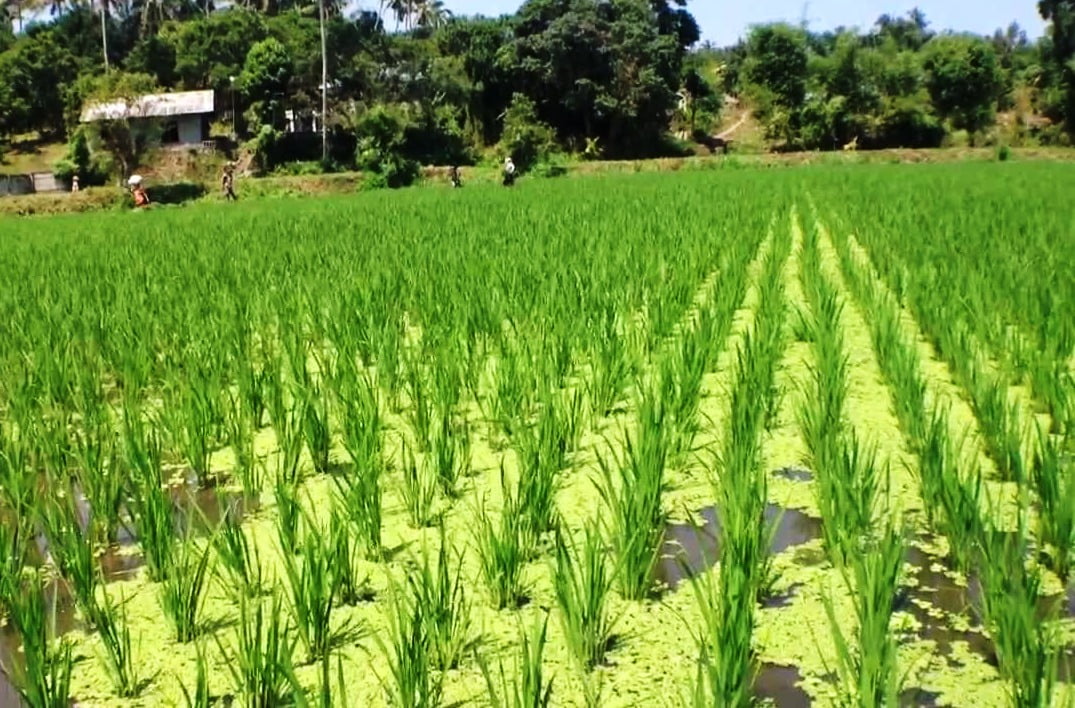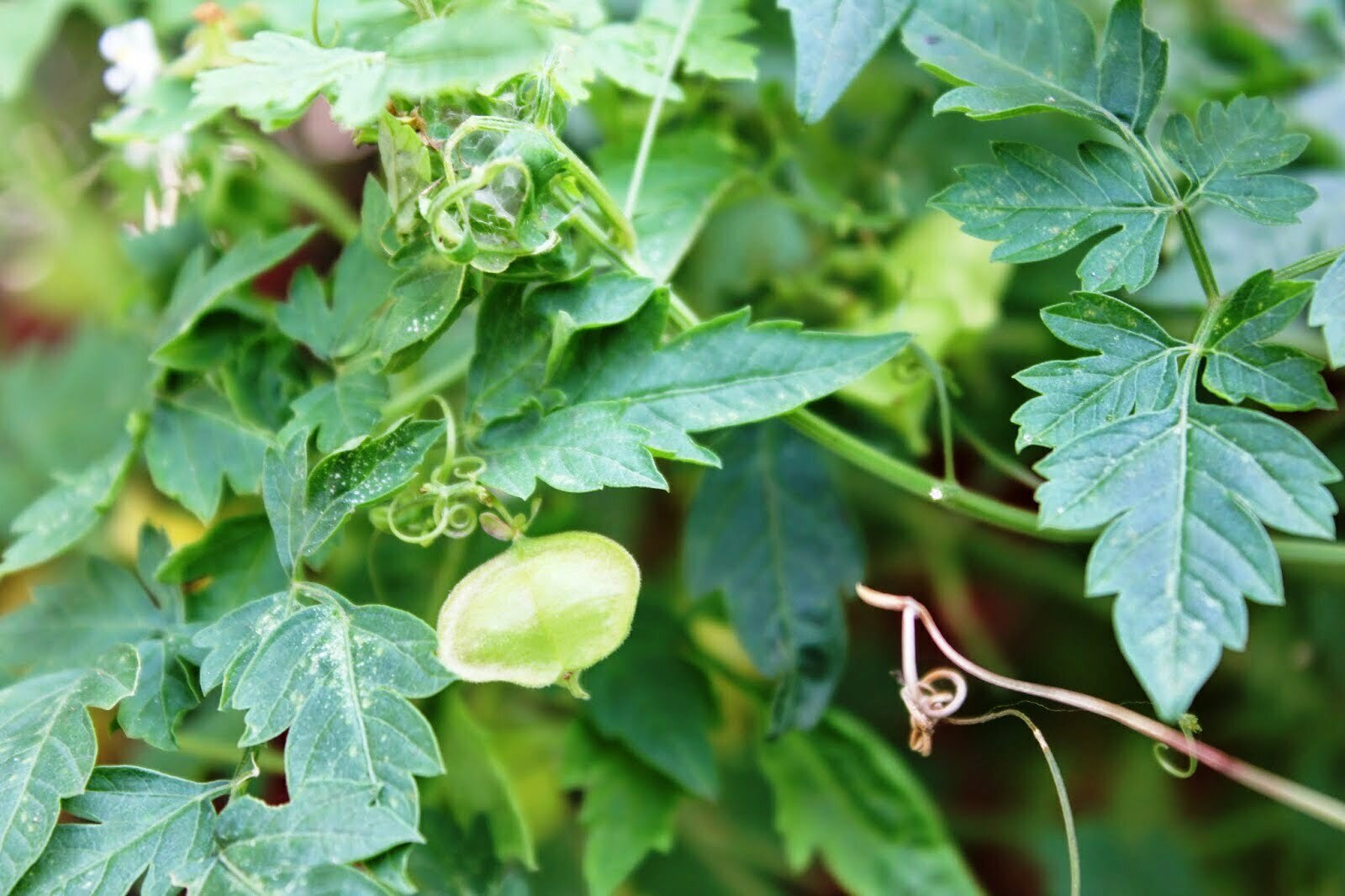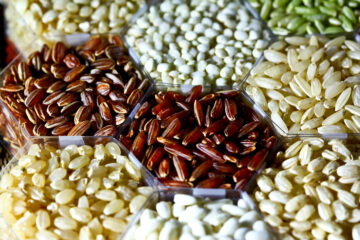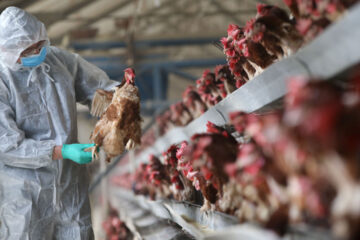The rose plant, a perennial shrub, is cherished for its beautiful blooms in various colors. These roses, adorning both sides of a home, not only enhance its beauty but also purify the minds of those who see them, fostering positive thoughts.
Additionally, roses are rich in Vitamin C and possess medicinal properties. Below are some diseases that affect rose plants and methods to control them.
Powdery Mildew
- Cause: This disease is caused by the fungus Podosphaera pannosa.
- Symptoms: A white, powdery fungal growth appears on the leaves, young shoots, buds, and flowers of the affected plant. This leads to stunted growth, leaf decay, and withering of the flowers.
Black Spot Disease
- Cause: Caused by the fungus Diplocarpon rosae.
- Symptoms: Black circular spots appear on the surface of the infected leaves. These spots often have fringes that resemble fine hair and are surrounded by a yellow halo. Eventually, the leaves turn yellow and fall off, leading to reduced flower production.
Dieback Disease
- Cause: This disease is caused by fungi like Leptosphaeria coniothyrium, Diplodia rosarum, Botryosphaeria dothidea, and Colletotrichum species.
- Symptoms: It typically occurs after pruning. The tips of pruned branches show yellow or reddish discoloration, eventually turning brown and drying out. The affected stems may crack, and the bark will deteriorate, with tiny black spots appearing in the infected area.
Rust Disease
- Cause: The fungus Phragmidium mucronatum is responsible for this disease.
- Symptoms: Orange-red rust appears on the upper surface of the infected leaves. After a few days, yellow rust appears on the underside of the leaves, which later turns into a reddish-orange rust. In summer, this rust may turn chocolate brown or black. The entire plant may be affected, leading to wilting and dropping of the leaves. The stems may also turn reddish and deteriorate.
Downy Mildew
- Cause: This disease is caused by the fungus Peronospora sparsa. It affects all types of roses, including garden roses, potted roses, miniature roses, and bouquet roses.
- Symptoms: White fungal growth resembling mold appears on the underside of the infected leaves, with yellow spots on the surface. Over time, this spreads across the entire leaf, leading to gray mold on the underside and brown spots on the surface, eventually causing the leaf to dry up and fall off. All parts of the plant may be affected.
Botrytis Blight
- Cause: This disease is caused by the fungus Botrytis cinerea. It affects garden plants and bouquets.
- Symptoms: The flowers of the infected plant remain unopened and are covered with a grayish-brown fungal growth. The petals develop spots or blotches that appear water-soaked and are reddish-brown in color, causing the flowers to wither and fall off. Long, sunken dark spots may also appear on the stems, leading to the plant’s decline and death.
Rose Mosaic Disease
- Cause: This disease is caused by a complex of viruses.
- Symptoms: General symptoms include pale spots or ring patterns, wavy lines, yellow veins, oak leaf patterns, and discoloration. Infected plants may produce fewer flowers.
Crown Gall Disease
- Cause: The bacterium Rhizobium radiobacter causes this disease.
- Symptoms: Initial symptoms include small, round, soft green swellings or galls, which may appear at the soil line, on pruned areas, or at graft unions. These galls increase in size over time, becoming hard and causing significant damage. The galls can also appear on the roots, leading to stunted growth, leaf yellowing, and dieback of branches.
Disease Control Methods
- Plant healthy, vigorous rose plants. Choose disease-resistant varieties.
- Handle plants carefully during planting to avoid injuries that could lead to crown gall disease.
- Plant roses with adequate spacing to allow air circulation. Use sterilized tools for pruning.
- Remove and destroy infected leaves and flowers.
- Apply organic amendments like neem cake, groundnut cake, or well-composted manure to the soil. This enhances beneficial microbes that can suppress disease-causing pathogens.
- Maintain clean and weed-free soil to prevent disease harboring. Spray a 10% solution of nontoxic neem oil or a 3% neem oil solution to control viral diseases.
- Use recommended chemical fungicides to control specific diseases. For example, spray a 3% solution of wettable sulfur to control powdery mildew and rust diseases. To control black spot disease, spray a 0.1% solution of carbendazim. To manage dieback and botrytis blight, spray a 0.2% solution of chlorothalonil. For downy mildew, spray a 0.3% solution of metalaxyl-mancozeb mix.
R. Thilagavathi, Department of Plant Pathology, Dr. M.S. Swaminathan Agricultural College and Research Institute, Eachangkottai, Thanjavur.



